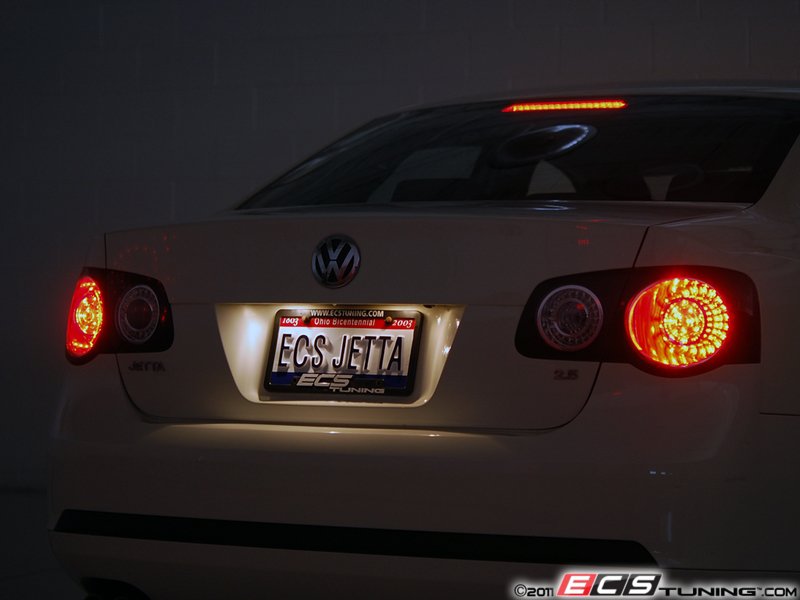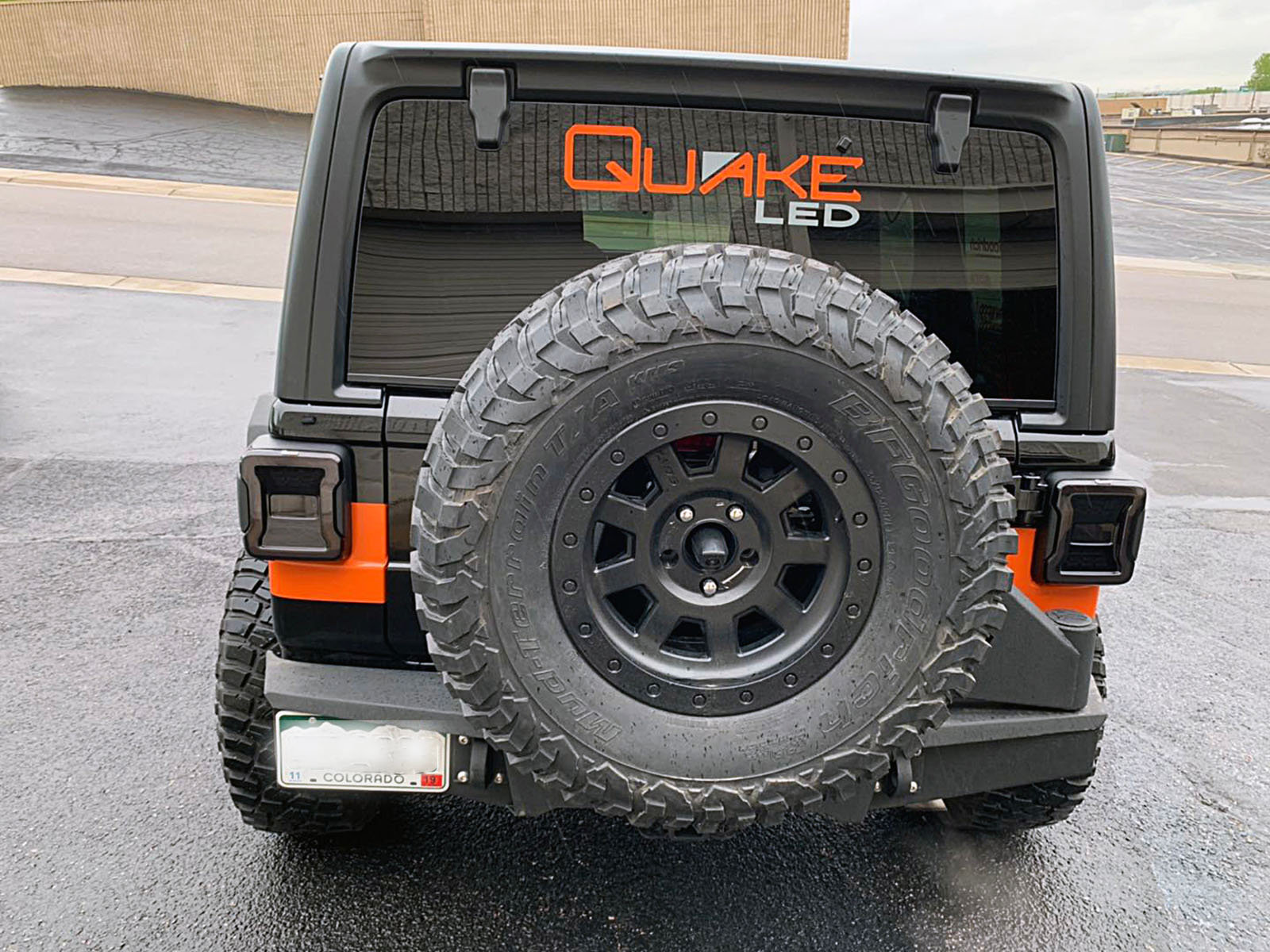
However, they are forbidden in most states, or their use is limited by the law and local regulations. Tinted tail lights are trendy in the US nowadays because they look stylish. However, the best option is to choose tail light tinting of 20 to 30%.Īre Headlight And Rear Tints Legal? The US
#BLACK OUT TAIL LIGHTS DRIVERS#
That way, they stay bright enough to be visible to drivers behind you. In most American states where tail light tinting is allowed, the law limits it up to 50%. Otherwise, they would help you drive aggressively and put in danger others behind you. Installers are aware of regulations, and you can expect them to refuse to tint your tail lights when your choice doesn’t comply with the law. In other words, driving a car with such tail lights and obstructing their visibility is illegal and is considered equal to driving without rear lights. Unfortunately, such a tint film can be dangerous since some types make tail lights non-visible.
#BLACK OUT TAIL LIGHTS PROFESSIONAL#
In such a case, you can apply them on your own, but hiring a professional is a more convenient option.
#BLACK OUT TAIL LIGHTS PLUS#
Tinting films are affordable nowadays, plus some manufacturers offer pre-cut types that fit particular car models. It is understandable since such tinting type prevents clear visibility from a specified distance, especially at night. Remember that applying a regular black tint film on tail lights and their complete blacking out is illegal in all states. It is possible to pick out different tint film colors, depending on the desired effect, such as: Dark smoke taillight tint with a blacked-out effect that doesn’t interfere with brake lights’ visibility.Nowadays, you can find various taillight tinting options, such as: The best option is to keep yourself informed, choose an allowed film, and enjoy your vehicle’s ultimate look. That is why the law regulates this issue, and some tinting variants are entirely prohibited. Unfortunately, overdoing it can reduce the rear lights’ visibility, lead to a car accident, and endanger other road users. I agree that tinting provides a black-cherry-like dark hue to red tail lights, making them fantastic. That is a reason to be careful with this accessories type. Let’s see can you use window tint on tail lights in the US, UK, and Australia, and what are the restrictions there, if any.Ī tint film applied over tail lights can look fantastic, but it significantly reduces the brake light output, causing numerous problems. In most other states, drivers have no right to this kind of car aesthetics. You can use taillight tint there legally, but the tinting level is limited. For instance, it is typically forbidden to use anything that lowers the tail lamps’ effectiveness in most US states, but things are different in Florida. The thing is that regulations are unequal in different countries. Holden said Wood’s crash was the first report of an accident related to the product in its 30-year history.Many drivers enjoy using smoked tints for a sleek tail lights look but are unsure whether it is legal. The attorney for the paint company, Steven Holden, argued there was no was evidence the paint dims lights to an illegal level but sales materials include warnings to discourage on-road use. Medler sought testimony from a Sherwin-Williams company representative who acknowledged normal use of the product would reduce brake lights’ shine by 50 percent or more. Medler argued the truck would not have passed if a friend of Robinson’s hadn’t approved it.

Robinson’s truck passed state inspection four days before the wreck on Highway 109 in St.

Missouri law requires that a vehicle’s “tail lamps” be red and visible from 500 feet – a typical standard across the country.

If you black out your taillights, you could leave someone with serious bodily injury.” “If anything, I hope this is a cautionary tale. “The last thing I would want is for everyone to think this (verdict) is a green light – that it’s OK to black out your taillights,” Wood’s attorney, John Medler, said. The suit said taillight embellishments, such as tints, stickers, covers and paint, are becoming more and more common and dangerous, even if Sherwin-Williams said the tint is for off-road use only. But Robinson and other defendants have already settled out of court with Wood for a combined $1.8 million, according to records. The jury ruled Thursday in favor of Sherwin-Williams.


 0 kommentar(er)
0 kommentar(er)
